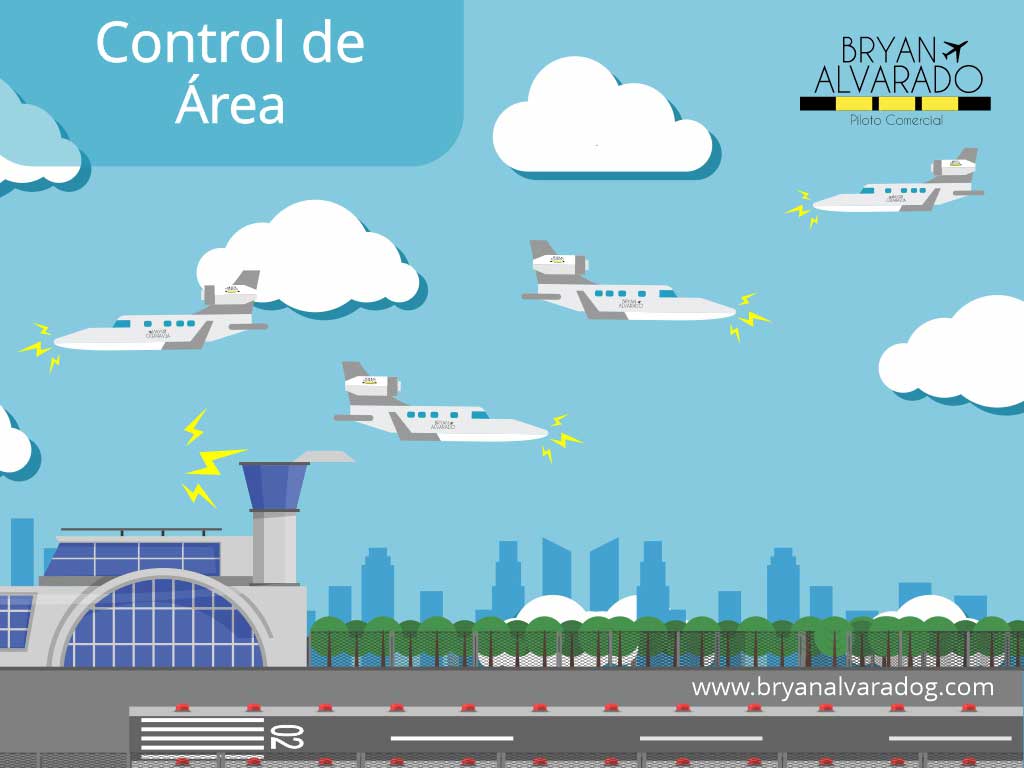

If the same is true with the pay bands (that you start at the bottom) then you'll also have similar pay bumps. While the GS scale has approximately 20% bumps within each grade, assuming you're at the lowest level. Suffice to say, at the top end of the scale, it pays to work for the FAA. a non manager can top out with a J band (GS-14 equivalent) at $167k in DC area. That's why the pay bands go up much higher than the GS scale. What that means is that many HR rules and guidelines wont apply. So what you earn can vary quite a bit depending on the particular role you have.īeen with the FAA for 5 years now. There are some jobs withing the agency that use the GS pay scale, or even use other pay scales, instead. For example, if you were in Technical Support and held a G-band non-managerial role, your equivalent GS level would be somewhere between a GS-9 and a GS-11.įinally, please note that not all FAA jobs fall under the banding system.

This denotes the corresponding level you would be under the GS pay scale. Otherwise, you'll have to try and negotiate like any other job, and your success will be entirely dependent on how badly they want you and what resources they have at their disposal.īelow each job level (chosen occupation + assigned pay band) you will see an "FG" level.

However, as far as I know this would only apply if you were already a tenured federal employee. This means if you were making a salary that was higher than the minimum of the pay band you are assigned to, but below the maximum, you might be able to keep that pay. If you have more than a year in your grade in either the FAA or another federal agency, and talk to the hiring officials, you might be able to "save" your pay. You can try and negotiate for a higher salary, but I think they always start their negotiations at the bottom of the pay band. To the best of my knowledge, if you are new to the agency, when you are offered a position, you will be offered the minimum salary of whatever pay band you are assigned to. This is the pay that you would use to determine what you'll actually be earning. These rows denote the top and bottom of the pay band with your specific locality pay that was determined when you choose your original location. This is usually referred to as your "base" pay.īelow those are two rows titled "Minimum w/loc" and "Maximum w/loc". The two at the top titled "Minimum" and "Maximum" denote the top and bottom of the pay band without any locality pay. However if you took a managerial position, you would be assigned to one of the two managerial pay bands - H or I.Īcross the top of the spreadsheet you will see four rows denoting various minimum and maximum pay band salaries. So if you took a non-managerial job in the Technical Support occupation class, you would likely be assigned to one of the three pay bands - E, F, or G. It also has two managerial levels (1-2) corresponding to pay bands H and I. For example, if you look at the Technical Support occupation class, you will see that it has three levels (1-3) that correspond to pay bands E through G. The list of occupational classes on the left side of the spreadsheet (after you've chosen your locality) will determine the band range that job is usually paid. is higher than that of Tuscon, AZ, so the locality percentage is more. For example, the cost of living in Washington, D.C. These percentages are determined by the cost of living in those particular areas. Pick your city, or the city closest to yours, to determine the percentage of locality pay increase you'll get. Step 1: Choose your location to determine your locality pay.


 0 kommentar(er)
0 kommentar(er)
